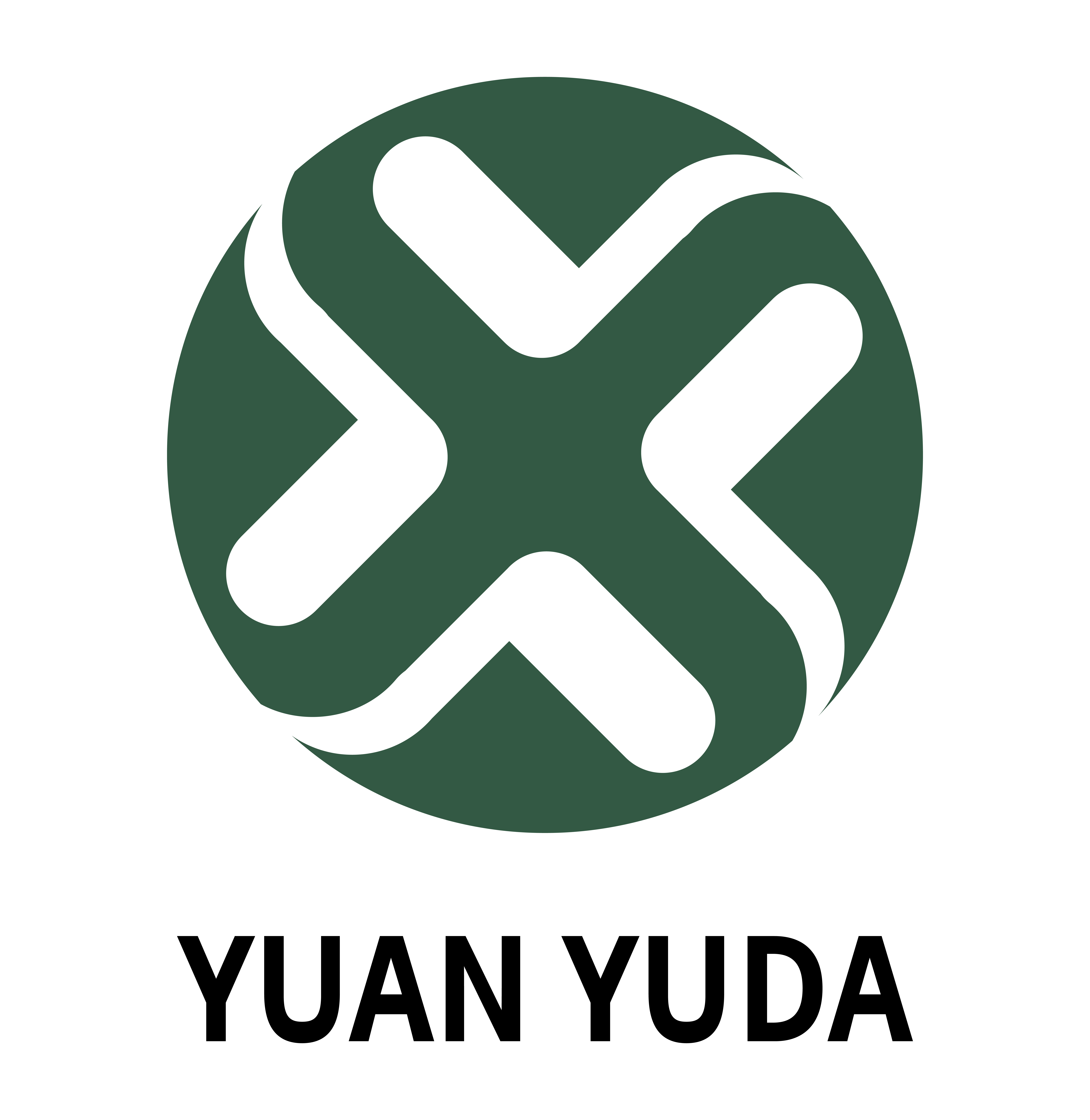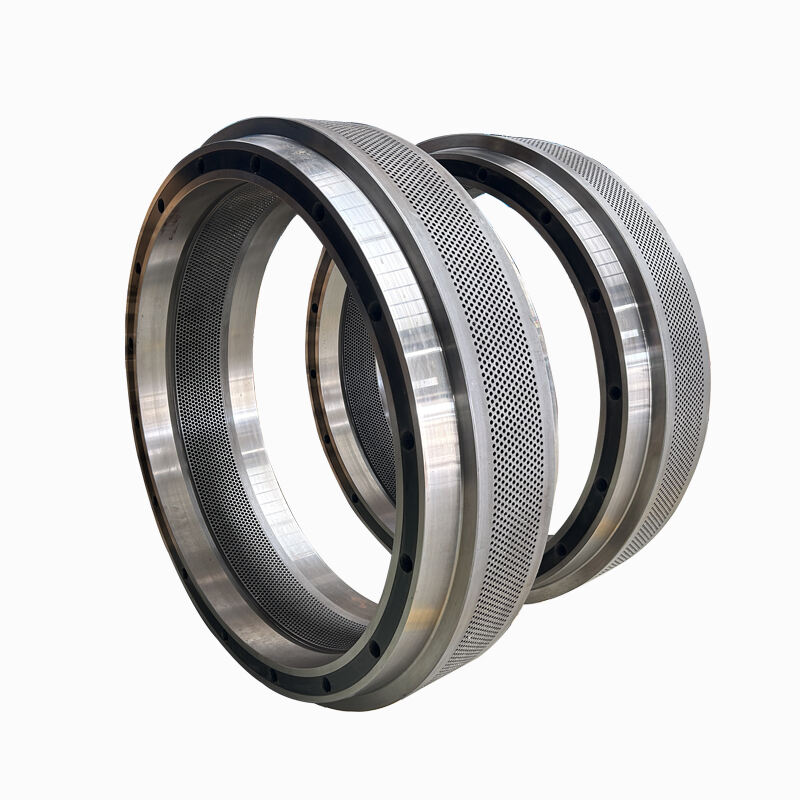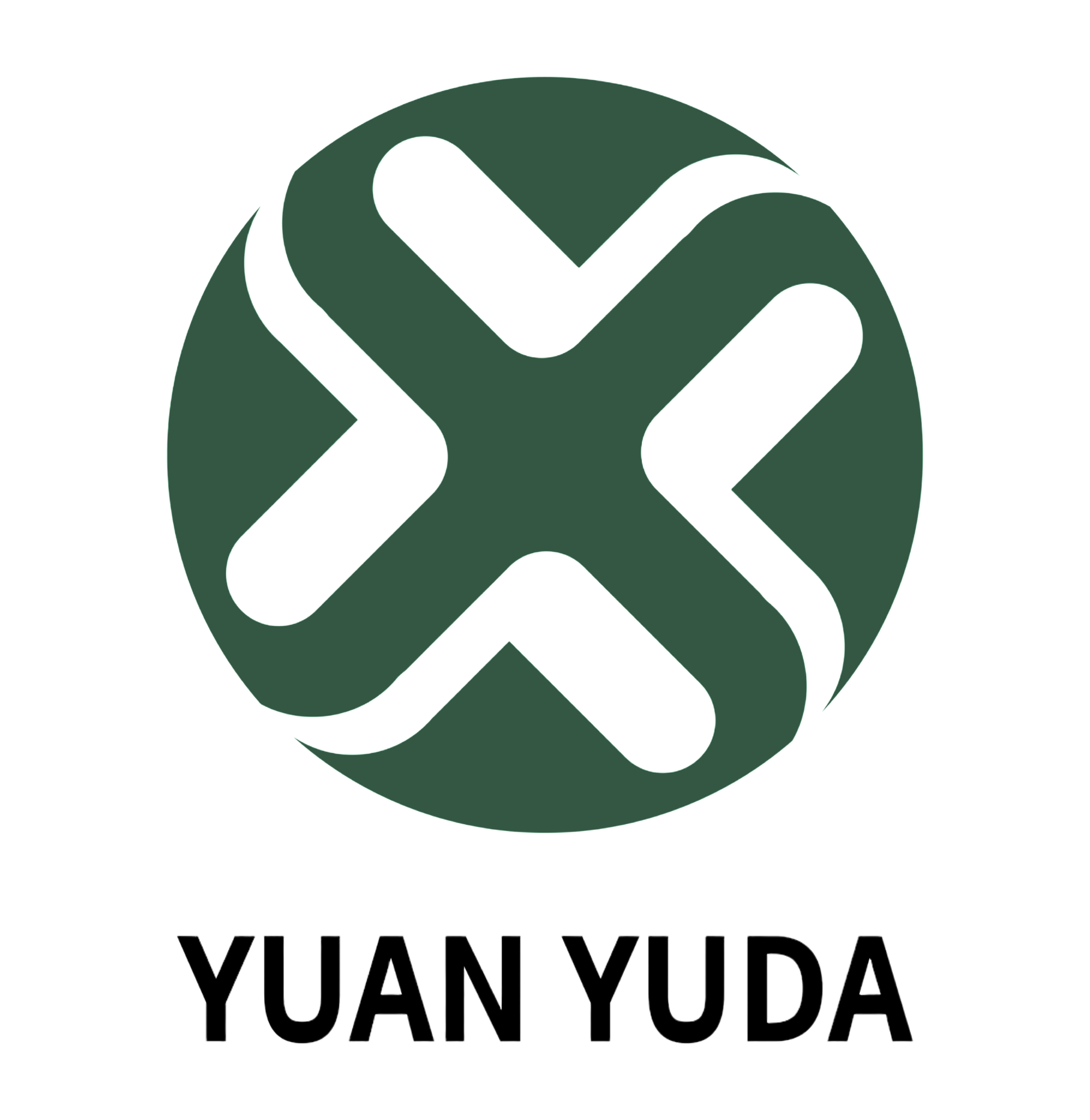In the process of feed production, the efficient operation of feed pellet mill is crucial to ensure feed quality and production efficiency. As the core component of feed pellet mill, the selection of suitable ring die directly affects the quality, output and production cost of pellet feed. With the continuous development of the feed industry, how to select the appropriate ring die for the feed pellet mill has become the focus of attention of many feed producers.
Selection of ring die material according to raw material characteristics
The material of the ring die directly affects its wear resistance and service life. Common ring die materials include carbon steel, alloy steel and stainless steel. For high fiber or highly corrosive raw materials (such as aquafeed), it is recommended to use stainless steel ring die to improve corrosion resistance; for ordinary livestock and poultry feed, high alloy steel ring die can meet the demand, while more cost-effective.
Reasonable selection of die hole diameter and compression ratio
The diameter of the mold hole (e.g., 2.5mm, 3mm, 4mm, etc.) needs to be determined based on the use of the feed pellets and the animal species. For example, poultry feeds usually have a smaller pore size (2.5-3mm), while aquafeeds may require finer particles (1.5-2mm). In addition, the compression ratio (the length-to-diameter ratio of the holes in the ring die) needs to be matched to the characteristics of the raw material, with high-fiber raw materials requiring higher compression ratios to ensure pellet hardness.
Focus on ring die openings and hole design
The hole ratio (the percentage of hole area on the surface of the ring mold) affects the production efficiency, and a high hole ratio can improve the output, but it needs to take into account the strength of the ring mold. In addition, different hole designs such as straight holes and stepped holes are suitable for different raw materials, for example, straight holes are suitable for ordinary feed, while stepped holes are more conducive to the molding of materials with higher viscosity.
Matching feed pellet mill model and power
Different models of feed pellet mills have specific requirements for ring die sizes (e.g., inner diameter, thickness), so you need to make sure that the ring die is fully compatible with the equipment when purchasing. At the same time, high-power equipment can be adapted to thicker ring molds with higher compression ratios to increase production capacity.
Choose a reputable supplier
High quality ring molds should be characterized by high precision machining and perfect heat treatment process, so it is recommended to choose well-known brands or market-proven suppliers to ensure the service life and stability of ring molds.
In summary
Choosing the right ring die for the feed pellet mill requires comprehensive consideration of various factors such as compression ratio, material and heat treatment, die hole parameters and manufacturer. Only by choosing the appropriate ring die, can we ensure the efficient and stable operation of the feed pellet mill, produce high quality pellet feed, meet the market demand, and enhance the competitiveness of the feed production enterprises.

 EN
EN















